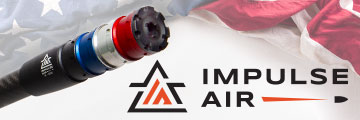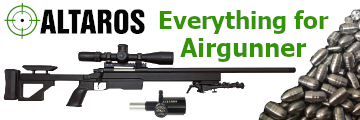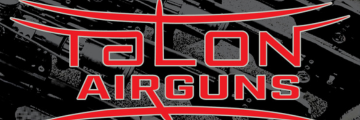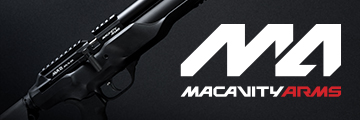As soon as the Altaron M24 was posted in the classified, I clicked on it and wondered a loooong time, if I should buy it.
The performance for extreme long range must be amazing.

The Altaros slugs have been made with this gun in mind, they come from the same brand.

But, in the end, I did not buy it.

However, I wanted to see how quickly it sells, considering that it is hard to even get it in the US.
➠ Surprise: It's still available on the classifieds....
And I wondered if
my own reason for not buying it have something to do with why it hasn't sold yet.....


I like "black guns".

I like "modern looking guns"

— not "traditional looking guns"

I like bullpups (less bulk, less weight, while same performance as traditional shape)

For a significant shotcount I want to attach a
bottle (in the size that suits me)
And the Altaros checks NONE of those boxes

.
𑇰 ••• I remember the designer and builder talking about being an engineer that engineers things that
work good* (as opposed to things that also
look good).
➠ Too bad.

Mora, here I come....
Matthias
PS: I hope it sells soon. It must be a gun that shoots amazingly.

See the WTS thread with photos here:
Selling for my friend his Altaros M24 airgun in 25 cal. The gun is a safe queen and doesn't get used much, very accurate long range gun with those Altaros slugs. The sale includes: M24 in 25 cal rifle 1x 50 grain 25 cal mag 1x 60 grain 25 cal mag 1x single shot tray Altaros moderator with...

www.airgunnation.com
*for the English majors: "work
well"















































